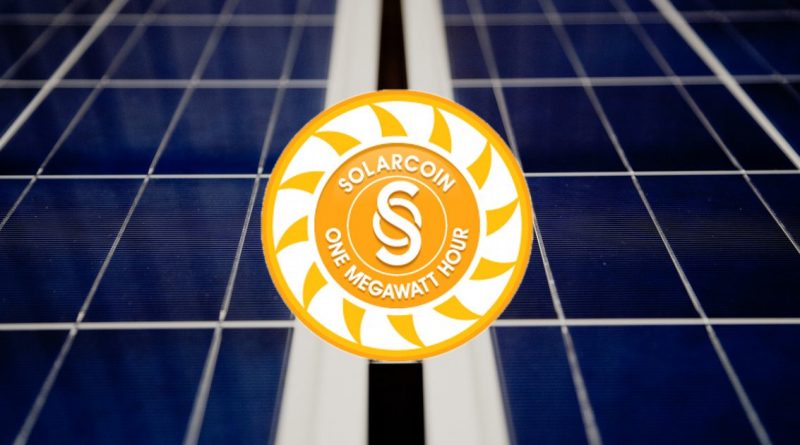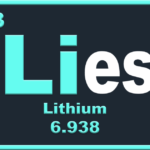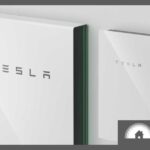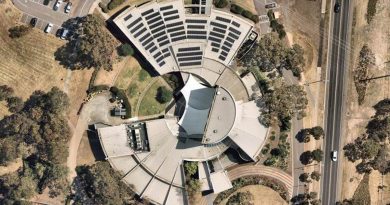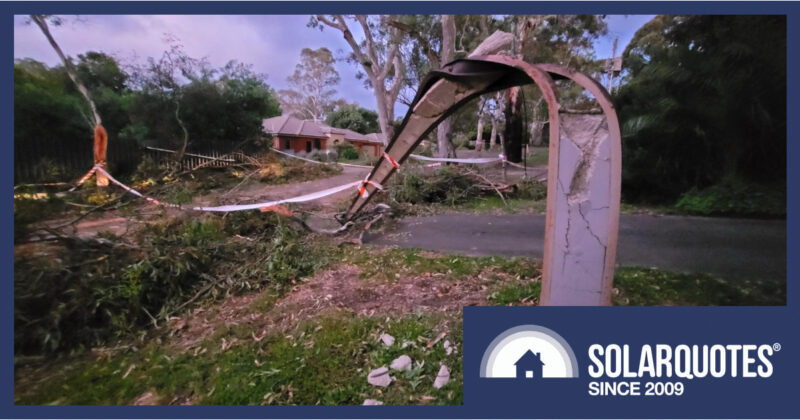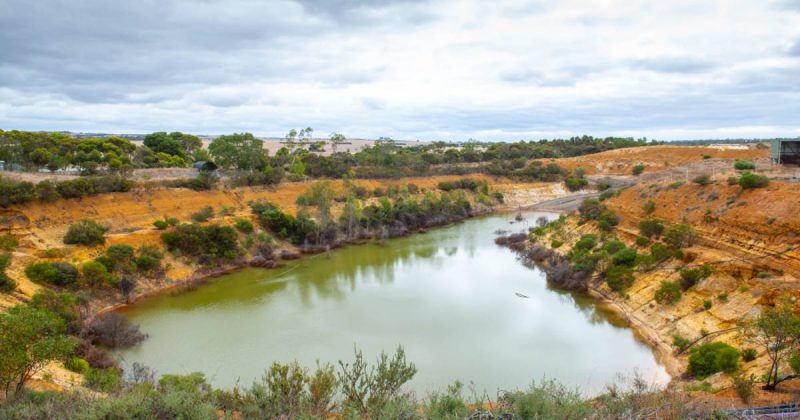Cryptocurrency: What Is SolarCoin?
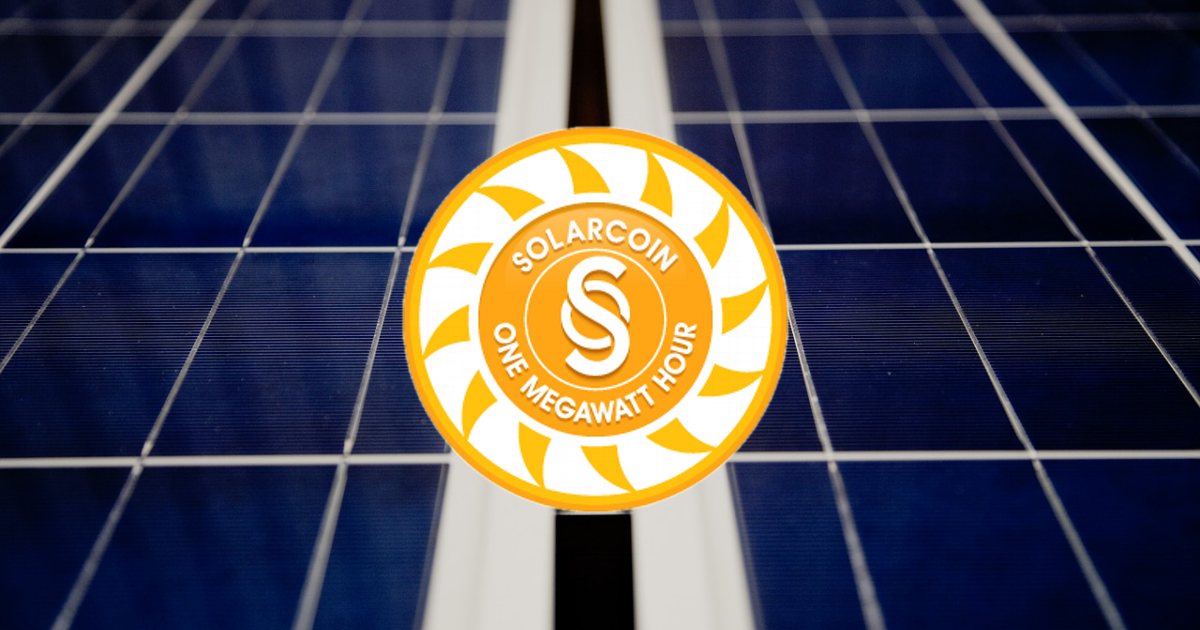
Given the crazy-high level of interest in cryptocurrencies recently, here’s a look at a comparatively low-carbon cryptocurrency that’s been around for quite a while – SolarCoin.
Tesla’s Elon Musk has helped keep cryptocurrency Bitcoin in the spotlight this year – first through Tesla buying $1.5 billion in Bitcoin back in February, and more recently announcing Tesla is concerned about the increasing use of fossil fuels for Bitcoin mining and transactions; in particular, coal. Tesla has suspended purchase of its electric cars using Bitcoin, and:
“Tesla will not be selling any Bitcoin and we intend to use it for transactions as soon as mining transitions to more sustainable energy.”
Bitcoin-related energy consumption isn’t a new issue and very likely known by Tesla/Mr. Musk before Tesla bought up a bunch of it. There are all sorts of theories on what transpired for this faux “road to Damascus” moment to have occurred.
Anyhow.
Elon Musk also mentioned Tesla is looking at other cryptocurrencies1 that use less than 1% of Bitcoin’s energy per transaction. Another cryptocurrency he has been boosting is Dogecoin, which was started as a joke back in 2014. You can read some background on Dogecoin here.
About SolarCoin
A comparatively very low-carbon cryptocurrency that was launched the same year – and not as a joke – was SolarCoin, developed to encourage and reward the installation of solar panels.
Unlike Bitcoin and Dogecoin, SolarCoins aren’t mined by computers solving complex math problems. They are issued to participating owners/beneficiaries of solar power systems based on the real work their solar systems do – generating electricity instead of just consuming it.
These solar power systems send their energy generation information via a compatible monitoring system or platform to the SolarCoin Foundation. Once verified, the Foundation issues the cryptocurrency at a rate of 1 SolarCoin per 1 MWh of electricity production, and for the life of the system while SolarCoin are available.
The SolarCoin blockchain (digital ledger) uses an algorithm for recording transactions that consumes a fraction of the energy required by Bitcoin.
It doesn’t cost anything for eligible system owners to participate, but they need to have a special type of electronic wallet to create a receiving address, which acts like a bank account. You can claim SolarCoin for electricity generation as far back as 5 years, assuming your monitoring platform can provide the historical data required by the SolarCoin Foundation for verification.
Among the companies to make their monitoring platforms SolarCoin-compatible was SMA back in 2019.
How Much Is A SolarCoin Worth?
Practically nothing at the moment. At the time of writing, an SLR (the code for SolarCoin) was worth USD $0.004311 – so not even half a cent. At one point in March this year, an SLR was worth 9.5 US cents. The highest price SLR has attained was around USD $2.30 in January 2018.
A 6.6kW solar system installed in Adelaide would generate around 10 megawatt-hours of electricity a year – 10 SLR = around 5c Australian at the moment. W00t!
As for what you can spend your 5c of SolarCoin on – or any amount for that matter – is a good question. It seems businesses that accept SolarCoin are a rare thing. Selling/buying SolarCoin may be a challenge too at this point.
How Much Will An SLR Be Worth In The Future?
Anything from nothing to eleventy-bazillion dollars. But seriously, as many as 98 billion SLR will be issued and how much SLR will be worth in the short, medium or long term all depends on interest that builds around SolarCoin and the level of demand. Anything that might seem totally worthless can skyrocket in value if others want it, even if the reason for demand may seem freaking insane.
We’ve already seen what an Elon Musk tweet can do in terms of pushing up or down cryptocurrency value.
Another example is the “joke” cryptocurrency Dogecoin. Mr. Musk has cryptically (how appropriate) referred to Dogecoin a number of times over the last 6 months – and less cryptically last week. In early December last year, a DOGE was around the same value as SolarCoin is now. On the weekend, a single DOGE was worth around USD 53 cents.
All it would take is a positive or seemingly-positive cryptic Elon tweet about SolarCoin to start pushing it up. Whether that will happen is anyone’s guess – he hasn’t directly referenced it in any way, shape or form I’m aware of and I’m not suggesting that he will. I’m just saying.
Cryptocurrency Investment Alternative – Solar Power
A word of advice from the big crypto booster himself:
“Cryptocurrency is promising, but please invest with caution!”
Lots of caution.
Fortunes have been and will be made from cryptocurrency, just the same as fortunes have been and will be lost. Choice being the wonderful thing it is, there a bunch of cryptocurrencies out there and plenty of ways to choose how to potentially lose money.
If you’re a solar power system owner with compatible monitoring, at least with SolarCoin the outlay is $0. Treat it is as a novelty if you want to give it a shot; but also bear in mind a third-party is getting some access to your system information.
If you have cash that’s looking for a place to go and you don’t have solar panels on your roof, instead of cryptocurrency perhaps consider buying a solar power system.
Saving big bucks on electricity bills is as good as making money – and without the high degree of risk accompanying cryptocurrency. Plus, you’ll have the warm, fuzzy feeling of doing good for the planet through slashing your household’s electricity related carbon emissions.
Use the SolarQuotes solar calculator to get an estimate on what your returns could be – you may be (very pleasantly) surprised. And with your new system, you could perhaps satisfy an urge to dabble in crypto via SolarCoin.
(Note: I do not hold SolarCoin or any other form of cryptocurrency, nor am I any sort of expert on the topic.)
Footnotes
- TeslaCoin? Just putting it out there. ↩
Original Source: https://www.solarquotes.com.au/blog/cryptocurrency-solarcoin-mb1997/

